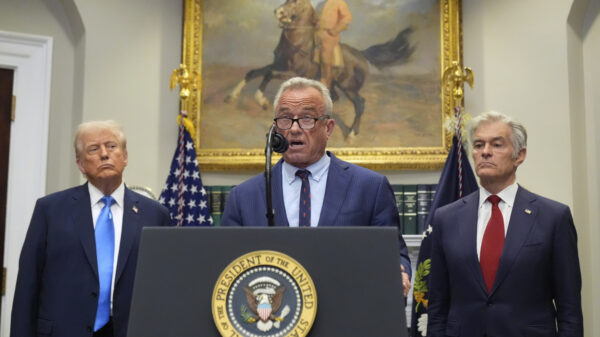The Republican-majority Legislature in Louisiana and the Democratic-majority one in Virginia have both approved measures that could allow mid-decade changes to congressional districts. This development occurred on Wednesday as both states prepare for the upcoming 2026 mid-term elections, aiming to influence the future composition of the House of Representatives.
These redistricting efforts are part of a broader national strategy for partisan advantage, responding to calls from the White House to reconsider district boundaries outside the traditional post-census cycle. Typically, redistricting occurs every ten years following a census, but these initiatives reflect a growing trend to manipulate district lines more frequently.
In Louisiana, legislators passed a bill along party lines during a special session that postpones the state’s congressional primary from April 18, 2026, to May 16, 2026. This change also affects the candidate qualifying dates, moving them from the original January 14-16, 2026, to February 11-13, 2026. The bill now awaits the signature of Gov. Jeff Landry, who is anticipated to approve it without significant opposition.
In Virginia, the Democratic-controlled Legislature’s actions mirror Louisiana’s, as both states seek to reshape their electoral landscapes ahead of the mid-terms. The implications of these decisions extend beyond state borders, illustrating the intense competition between political parties to secure favorable conditions for congressional representation.
The urgency of these redistricting initiatives reflects a larger national conversation about electoral integrity and representation. As the political landscape continues to evolve, the outcomes of these efforts may have lasting impacts on the balance of power within Congress, especially as parties strategize to maximize their influence in the upcoming elections.
Stakeholders across the political spectrum are closely monitoring these developments, as the implications of redistricting reach far beyond state lines, potentially reshaping the dynamics of national governance. The next few months will be crucial as both states finalize their redistricting plans and prepare for the electoral challenges ahead.







































































